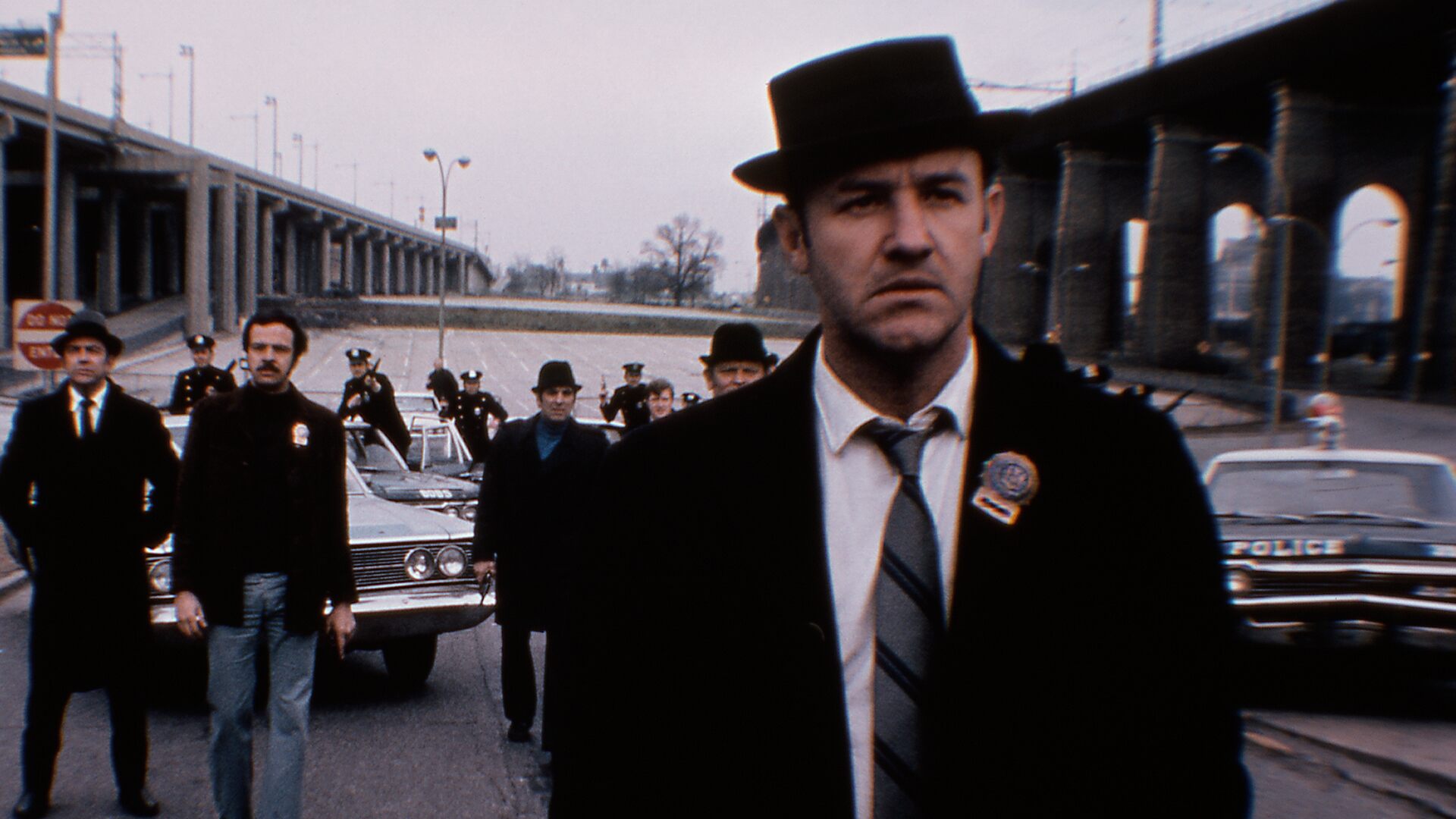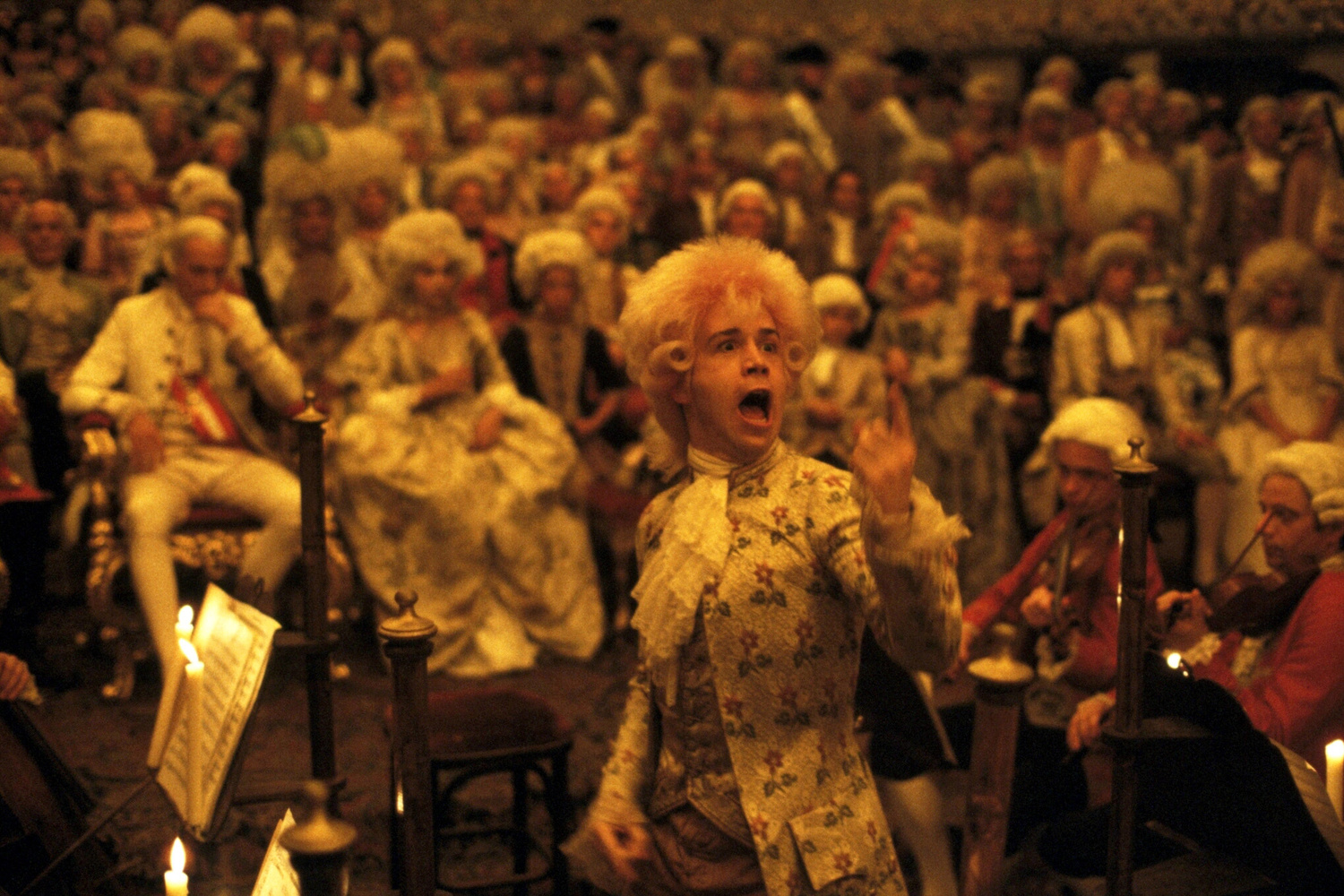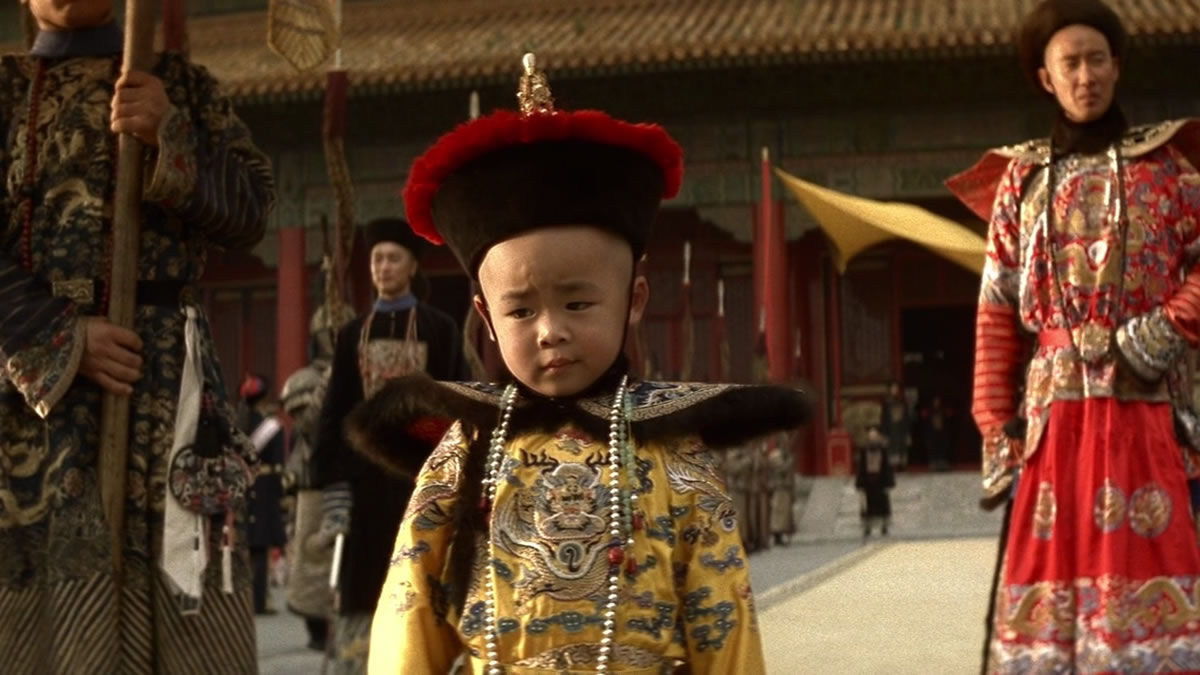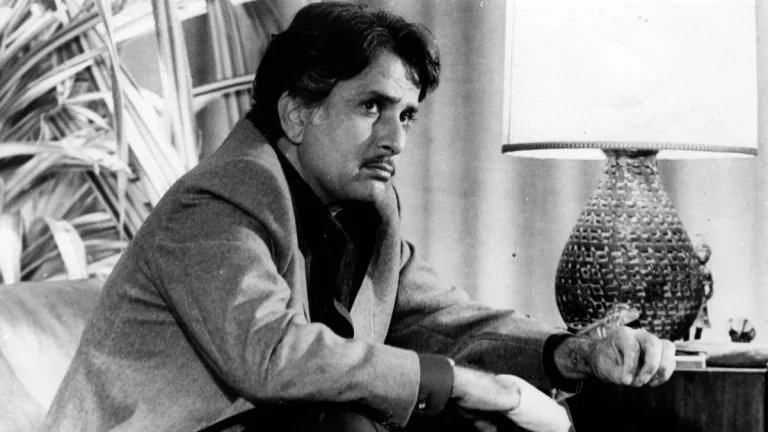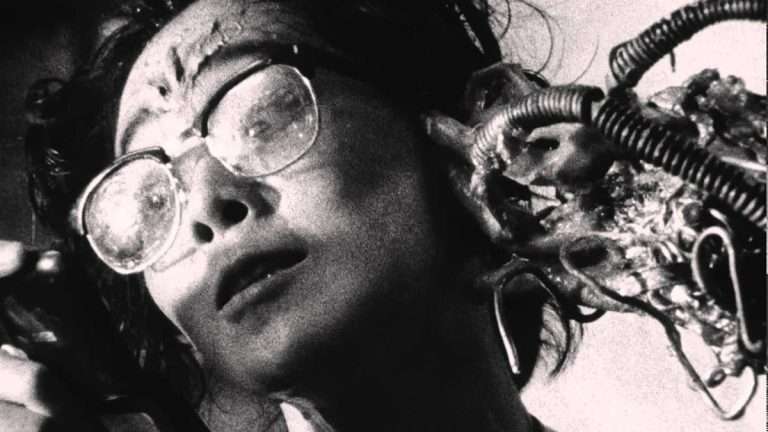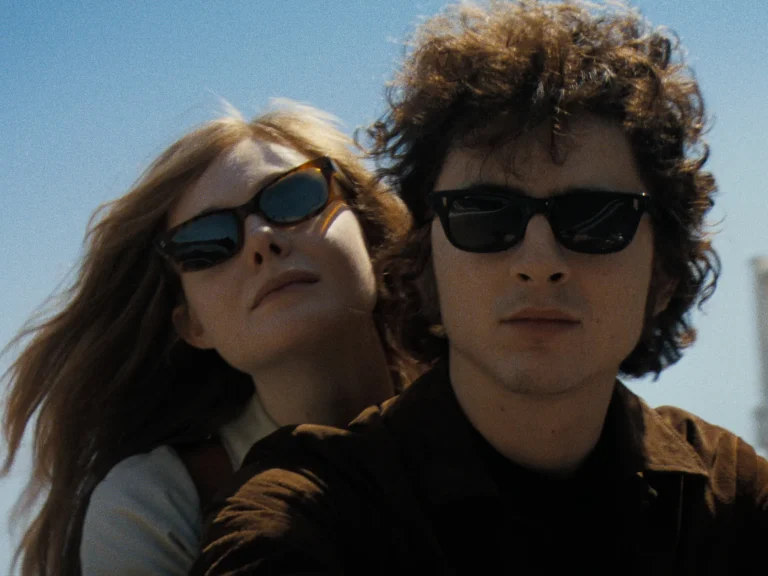The Best Picture Oscar winners keep getting branded as popular choices, influenced by “normie” film culture and mainstream social issues. And while people are entitled to their opinions, I disagree that this is the case “completely.” Trace the history of the Oscars, and you will notice a trend or distinctive feature that can be attributed to most winners in specific eras.
The dominance of melodramas and musicals up till the 50s, followed by the 60s and 70s that broke down the authentic American experience, the 80s brought back a revisionist form of pre-60s cinema, which developed into a preference for narrative-driven films in the 90s, and this went on till ‘The Departed’ broke the run. Since then it’s been a mixture of the conventional and unconventional (the conventionality in accordance with the Academy’s norms).
Yet Oscar glory hasn’t permanently maintained the legacy of many films, and some of them have been forgotten about despite their incredible impact, which extended to world cinema. We’ll be going through 10 Best Picture Oscar Winners you might have never heard of :
1. Wings (1927)
William Wellman’s ‘Wings’ was challenging and revolutionary. Despite witnessing supreme technical prowess in war films like ‘Saving Private Ryan’ and ‘Dunkirk’, the action sequences in Wellman’s WW1 game-changer are still unbelievably captivating. Shots of warplanes battling like a waltz in mid-air and crashing like comets from seventh heaven; the scale at which ‘Wings’ works are exquisite and are still extremely difficult to replicate. Also, that iconic tracking shot during the party sequence still leaves viewers perplexed as to how it was achieved, and Rian Johnson even attempted a similar shot in ‘The Last Jedi’.
Wings set a standard for American action films and forced audiences to accept things beyond their minuscule cultural spectrum if they really desired realism. It was one of the first films to show nudity and a same-sex kiss, though neither of these sequences was trendsetting due to filmmakers’ conservativeness and the infamous Hays Code.
2. Rebecca (1940)
‘Rebecca’ was Alfred Hitchcock’s first venture into Hollywood and is the only film directed by the Master of Suspense to have won the Best Picture Oscar. Adapted from Daphne du Maurier’s novel of the same name, Rebecca’s defining quality was its gothic ambiance. Hitchcock masterfully translates it on the big screen, with Rebecca’s invisible spectral presence chained to our minds. Hitchcock’s actualization of suspense as a paranormal entity was first successfully developed here, and he started exploring obsession and frivolousness in rich aristocratic households.
The film also cleverly induces lesbian subtext, escaping Hollywood’s censorship and also adding an interesting facet to Rebecca’s character. It’s eerie how by the end, we know more about Rebecca than the characters in front of our eyes who are like a cold scrambled egg dish that Hitchcock purposely serves.
Similar to Rebecca: Laura (1944): A Exceptionally Stylized Noir Mystery
3. All About Eve (1950)
Vanity has been a pretty popular subject in Hollywood, and we know of stars whose careers spiraled into nothingness because of this very toxic attribute. In an ideal world, vanity wouldn’t walk hand-in-glove with a strong sense of insecurity, but Hollywood is and has always been the farthest thing from the ideal world. All About Eve’ reminded me of ‘Birdman’, and how that pride which is dependent on status, can cut through its owners when it’s exposed to the slightest amount of vulnerability.
Mankiewicz’s characters really have no scale or direction for success, their only aim is to leap from Broadway to Hollywood without any idea of where they’d land or how they’d land. The leap is the only thing that concerns them, and the leap they believe will cement their legacy, like that of the stars they’ve seen and heard of. And in order to make that leap, they’re ready to leave behind the platform and people who’ve helped make them what they are today. The thirst for fame is unquenchable indeed.
4. On The Waterfront (1954)
Elia Kazan was one of the most influential figures in the transition from the melodramatic acting that was typical of white bourgeoisie characters to the methodical acting that was necessary to represent the socially underprivileged. Kazan’s characters were devoid of the pitiful representation of the poor, which Hollywood fetishized. Instead, his characters were resolute and possessed characteristics that were grayer than the look of his films.
After ‘A Streetcar Named Desire’ stirred up a change in Hollywood, Kazan collaborated again with Brando to topple the enervated American film and pump fresh blood with the story of an underachieving dock worker who leads the union to rise against their corrupt boss. The film famously steered away from the pro-America narrative that had latched onto films post-WW2 and portrayed the victory of the hardworking American man amidst a corruption-filled America.
5. The Bridge on the River Kwai (1957)
David Lean had some of the fattest and grandest visualizations of stories; his large-scale epics inspired a generation of filmmakers, most notably Stanley Kubrick and Sergio Leone, with the latter’s works strongly radiating both Lean’s cinematographic and editing techniques. Lean’s ‘Lawrence of Arabia’ is as revered as any other film deemed to be the greatest. Hence, it’s surprising as to how overlooked ‘Bridge on the River Kwai’ is, despite releasing only a few years earlier.
Though the film was later called out for its historical inaccuracies, the truth usually sleeps with fiction in cinema. Lean’s goal was to create something riveting, something that could encapsulate the sheer amount of work and lives involved in constructing a bridge, a task that might seem very commonplace. Still, with the dynamics of WW2 and POWs included, it was a task that comprised of polygonal relationships. Different people with different agendas came together to create a singular structure whose jagged solid beams were reflective of the POWs’ repression and whose collapse represented their apparently hardened selves crumbling to the actuality of defeat. The Bridge on the River Kwai defeated the universally loved 12 Angry Men and won the 30th Best Picture Oscar.
6. The Apartment (1960)
There’s a reason why Billy Wilder is called the finest screenwriter in American cinema. Unlike the other legends who have striking frames and poignant scores that appeal to your senses before you’ve even seen the films, to appreciate the true genius of Wilder, there’s no other way but to sit through the entirety of his film. Every line, dialogue, situation, and character are like the smoothest functioning machinery in the world, gearing against each other and collectively producing the dynamics for Wilder’s acutely cynical but effortlessly coherent world.
‘The Apartment’ is Wilder tackling an anti-traditionalist concept in a traditionalist setting, the unspoken vs the seen. Wilder, with his tamed naughtiness, is like a peeping tom who watches through the curtains, for not himself but for you to see, and while you amuse yourself with the events unfolding, he derives his amusement from your innocence which is now fading away.
Also, Read – The 10 Best Movie Musicals in Cinema
7. The French Connection (1971)
The early 70s continued the bleak realist style that had developed in American cinema during the late 60s, as a result of the Vietnam War. Friedkin realized how neglected the American underbelly was, even though America was lying flat on its back.
Enter ‘The French Connection’ and the American noir is turned into an exploration of time and the people bound to circumstances given birth by that period. And even though this very theme had been tackled prior, it was Friedkin’s approach of shooting the film like a documentary than a feature that helped audiences swiftly acclimatize to the film’s environment and place themselves in Popeye’s shoes while he keeps chasing criminals, trying to revert a systematic failure on streets the audiences have spent their lives on.
8. The Sting (1973)
‘The Sting’ was a refreshing choice for Best Picture Oscar; the past few years had been flooded with bleak dramatic movies from the counter-culture era, and George Hill’s caper film provided an ecstatic change. It was a caper film executed with sass and humor with a charming throwback to the 1930s that influenced what Soderbergh and Guy Ritchie have been doing this century and featured a dynamic duo that’s seen in Shane Black’s work.
Robert Redford and Paul Newman had previously collaborated with Hill on ‘Butch Cassidy and the Sundance Kid’, a Western caper, and hence their chemistry was at its peak in ‘The Sting.’ Pure entertainment flows as Prohibition Era streets are recreated with Joplin’s toe-tapping ragtunes echoing, and to induce authenticity to the medium itself, the movie uses old-fashioned inter-title cards and lettering and illustrations reminiscent of the early 30s. Best Picture Oscar Winner ‘The Sting’ sacrifices twists and turns for the simple ol’ American con job, and there are only a few movies that can match its confidence.
You should Check out: Train of Shadows (1997)
9. Amadeus (1984)
The Academy has always had a soft spot for historical epics, and Milos Forman’s recreation of 18th-century Vienna is colossal. His decision to experiment with the malleability of the past is ingenious. With stupendous performances from F. Murray Abraham and Tom Hulce as Salieri and Mozart, respectively, Amadeus sails on the highest tides of cinema while Mozart’s euphoric symphonies drown the atmosphere like water crashing against its own self.
While Abraham shines, succumbing to his ever-increasing envy of Mozart, through his eyes, we also witness the magnitude of the seraphic Mozart’s genius and how the relationship between Salieri and Mozart evolves into a weird form of mutual respect despite the unspoken acceptance of Salieri’s hatred. Forman takes a lot of creative liberties and weaves this reverie towering over you with powerful dramatic energy unlike any other musical film.
An Essay on Best Picture Oscar Winner Amadeus: For the Artist in You
10. The Last Emperor (1987)
With mainstream audiences, Bernardo Bertolucci is primarily known through his two films – ‘Last Tango in Paris’ and ‘The Dreamers.’ The former is controversial for the director’s on-set abuse, while the latter is famous for that Eva Green-Venus de Milo shot. Contextually leaving that aside, Bertolucci was an Italian filmmaker who had a style that was dissimilar to that of Italian filmmakers from the period. Unlike Antonioni or Fellini, he explored beyond the themes native to Europe.
The finest example of this approach would be ‘The Last Emperor’, which is a ravishing biographical epic. Having been granted permission to shoot in China’s Forbidden City, the first Western film to claim that feat, Bertolucci, along with longtime collaborator Vittorio Storaro recreated the past with utmost flair and vigor, creating a cinematic syntax for Puyi’s world inside 20th Century China.
Also Read: The Complete List of Every Best Picture Oscar Winner Ever







